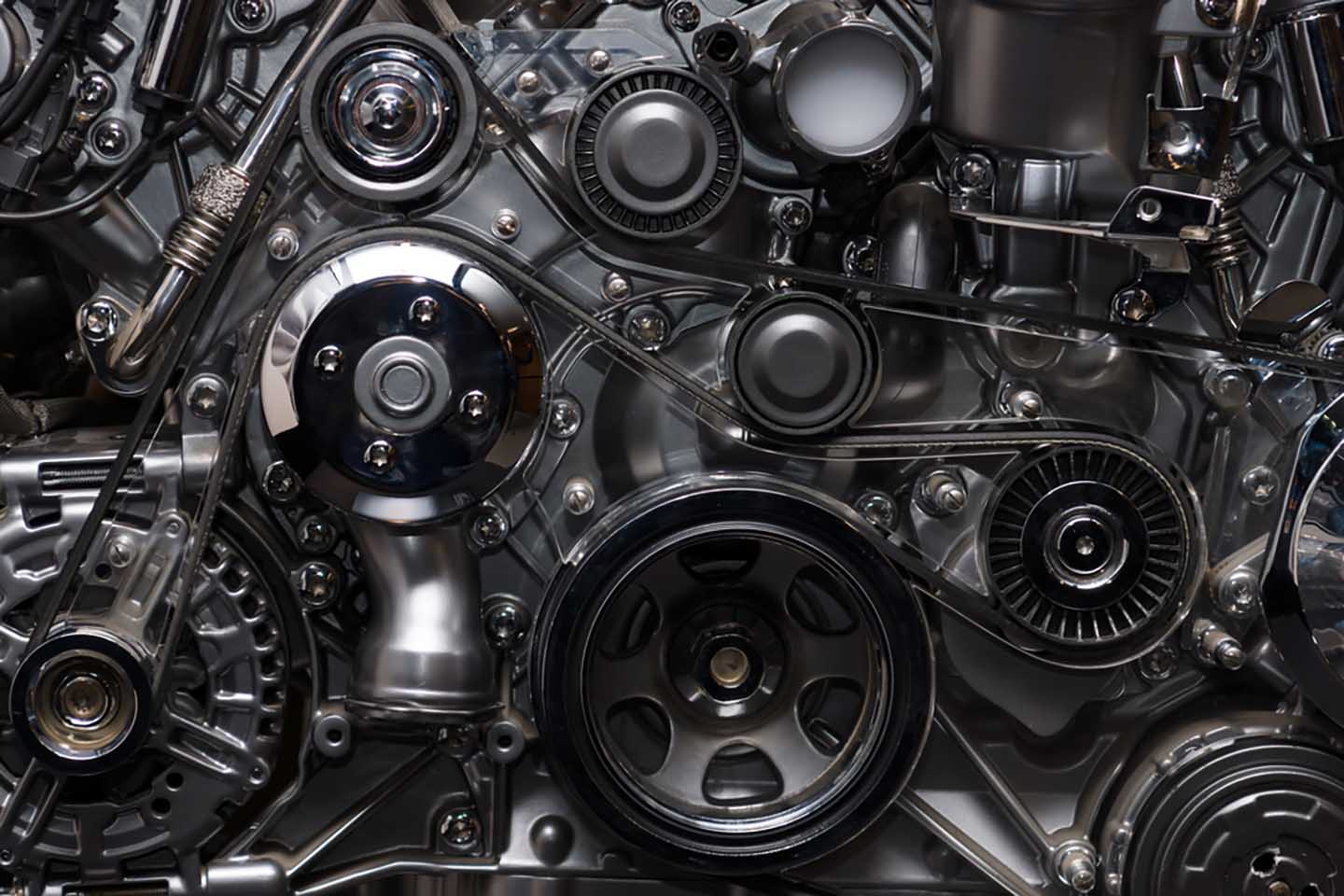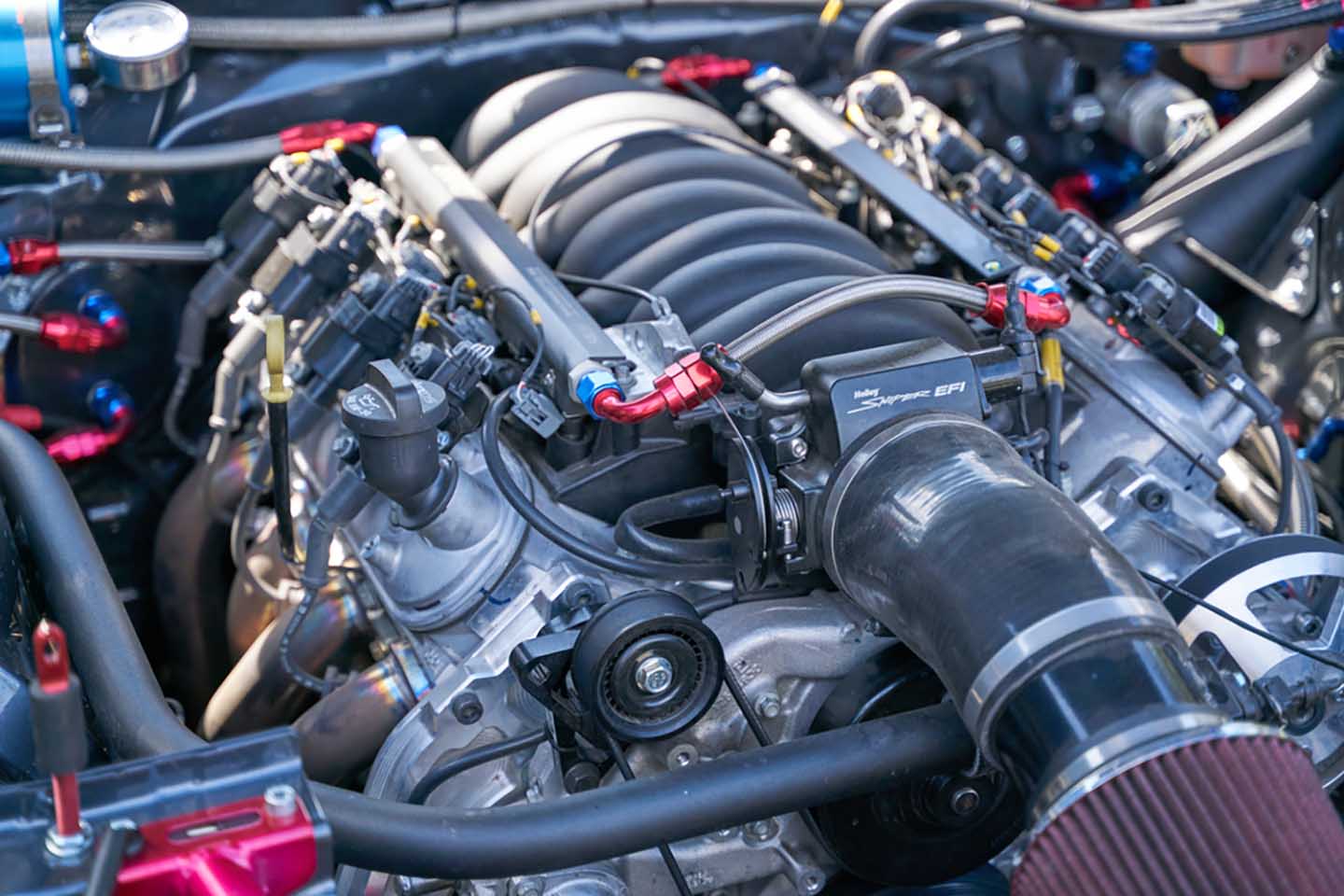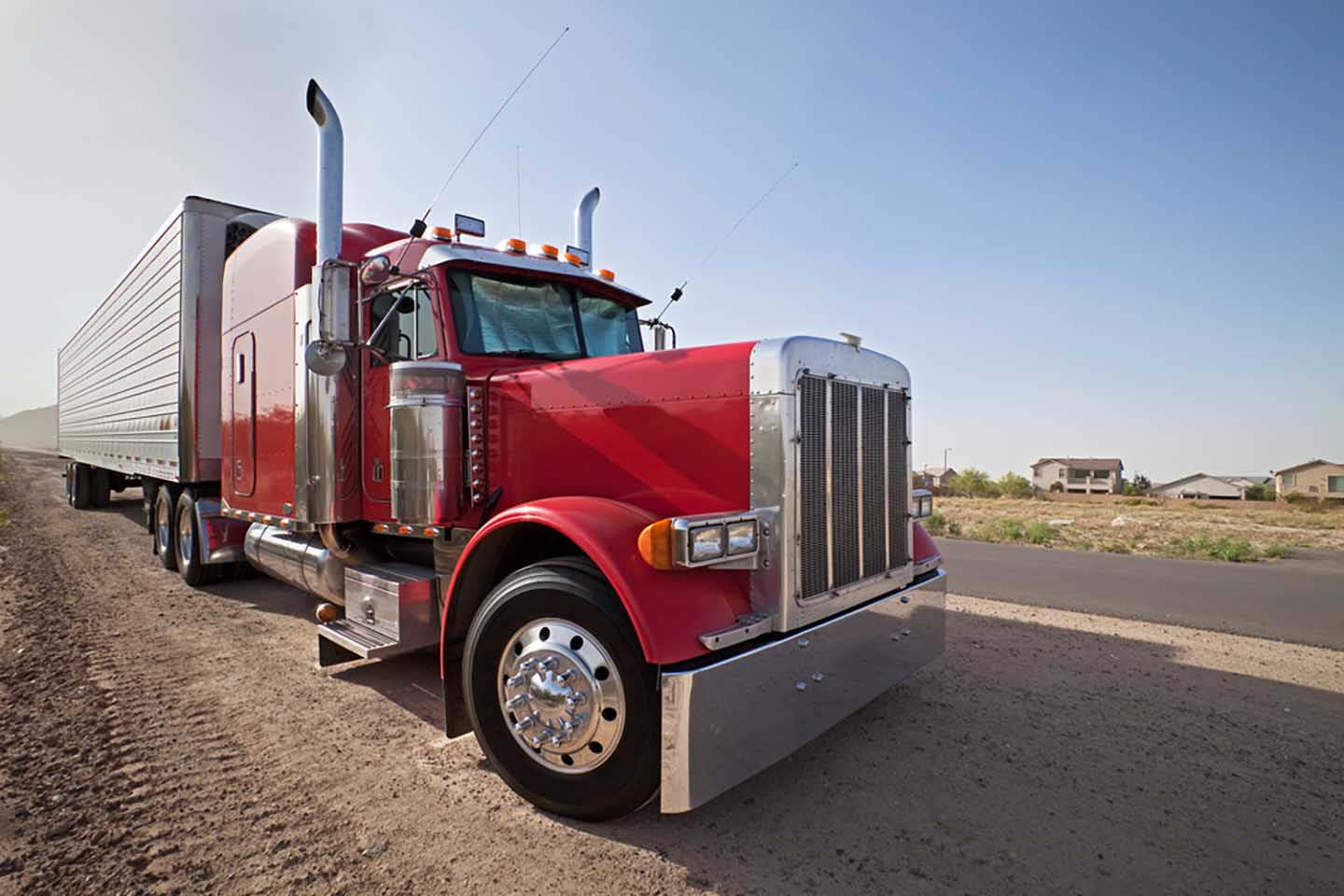The History of Diesel Engines: Everything You Need to Know
Mar 13th 2024

Sergey Kohl/shutterstock.com
You might first be asking yourself, what is diesel? Diesel engines are the backbone of the trucking industry, linking homes, businesses and warehouses to the global supply chain. They also power boats, generators and highly efficient cars that get 50 mpg or more. Today, according to the U.S. Department of Energy, distillate fuels like diesel account for 24% of all domestic transportation energy use. But this technology has come a long way since it was founded over a hundred years ago. Discover the surprising history of diesel engines.
The Race to Invent the Diesel Engine
Combusting highly pressurized air and fuel revolutionized transportation and energy production when it first came onto the scene at the turn of the century. The Industrial Revolution was underway, with steam engines powering most factories, ships and trains. As new industries came to the fore and the population increased dramatically, people were desperate for a more reliable, independent form of travel that didn’t involve being hitched to the back of a horse.
Gasoline engines were up and running by 1892, but diesel represents an entirely different approach. Both utilize internal combustion, but instead of adding an external heat source to burn the fuel and air, diesel uses compression to trigger the combustion process.
Rudolph Diesel is often credited with inventing the diesel engine after obtaining the first patent in 1893, but multiple engineers were developing versions of this technology to rival steam. Herbert Akroyd Stuart and Richard Hornsby had already birthed a high-compression heavy-oil engine using paraffin oil as fuel, but Diesel’s design made it more accessible and reliable.

OlegRi/shutterstock.com
Diesel himself took a circuitous route to engineering his claim to fame. His first attempt at using compression for combustion relied on ammonia for fuel. The engine exploded, nearly killing Diesel. Petroleum is more stable and less expensive to refine, making it the preferred choice as the crude oil industry came to dominate energy production.
The Evolution of the Modern Diesel Engine
Diesel envisioned using this technology to power motor vehicles as an alternative to gasoline, penning the infamous quote: “The automobile engine will come, and then I will consider my life’s work complete.” When he died, diesel was on its way to becoming the main form of energy production. However, the first diesel passenger vehicle didn’t come out until 1936 when Mercedes-Benz released the 260D, and it didn’t revolutionize the trucking industry until the 1960s as new components continuously improved on Diesel’s original design.
Alfred Büchi discovered the turbocharger in 1925, which is still used in most diesel engines today. It compresses and injects additional air into the combustion chamber to increase power and efficiency. Robert Bosch went on to invent fuel injection pumps capable of withstanding large volumes of pressure, further increasing efficiency and functionality.
Clessie Cummins introduced these engines to commercial transportation in the 1930s when Purity Stores started using them in its fleet of trucks. Detroit Diesel electrified the engine in the 1980s with an electronic control system. The hydraulically actuated electronic unit injector (HEUI) came along in 1993, followed by the electronic unit injector in 1994. Both increased efficiency by regulating the timing and pressure of the injected fuel.

LHBLLC/shutterstock.com
Diesel Engines Today
Burning fossil fuels like the crude oil used to produce diesel contributes to climate change. The government continues to regulate diesel emissions to reduce the environmental impact. The 2007 Environmental Protection Agency (EPA) regulations paved the way for the high-pressure common rail system, originally invented in the 1930s before being applied to motor vehicles. This process sprays the fuel as a fine mist to help it burn more quickly, increasing stability and efficiency.
The company Bosch released the high-pressure oil pump (HPOP) in the 1990s to support these new high-pressure hydraulic injection systems. The system uses pressurized oil to maximize fuel efficiency during the injection process. Replacing the HPOP on Ford Powerstroke engines prevents damaging the fuel injectors by increasing lubrication. Replacing and maintaining your direct fuel injectors will help your engine run more smoothly and increase your mpg rating.
The regulations also mandated the use of after-emissions reduction systems in diesel vehicles. They come with diesel particulate (DPF) filters that remove carbon and soot from the exhaust to reduce air pollution. They also use selective catalytic converters to turn harmful particulate matter into nitrogen and oxygen, found naturally in the atmosphere.
Diesel engines generate power and move thousands of pounds across long distances. Engineers will continue improving upon this technology in the years to come to further increase efficiency and reduce the effects of climate change.
